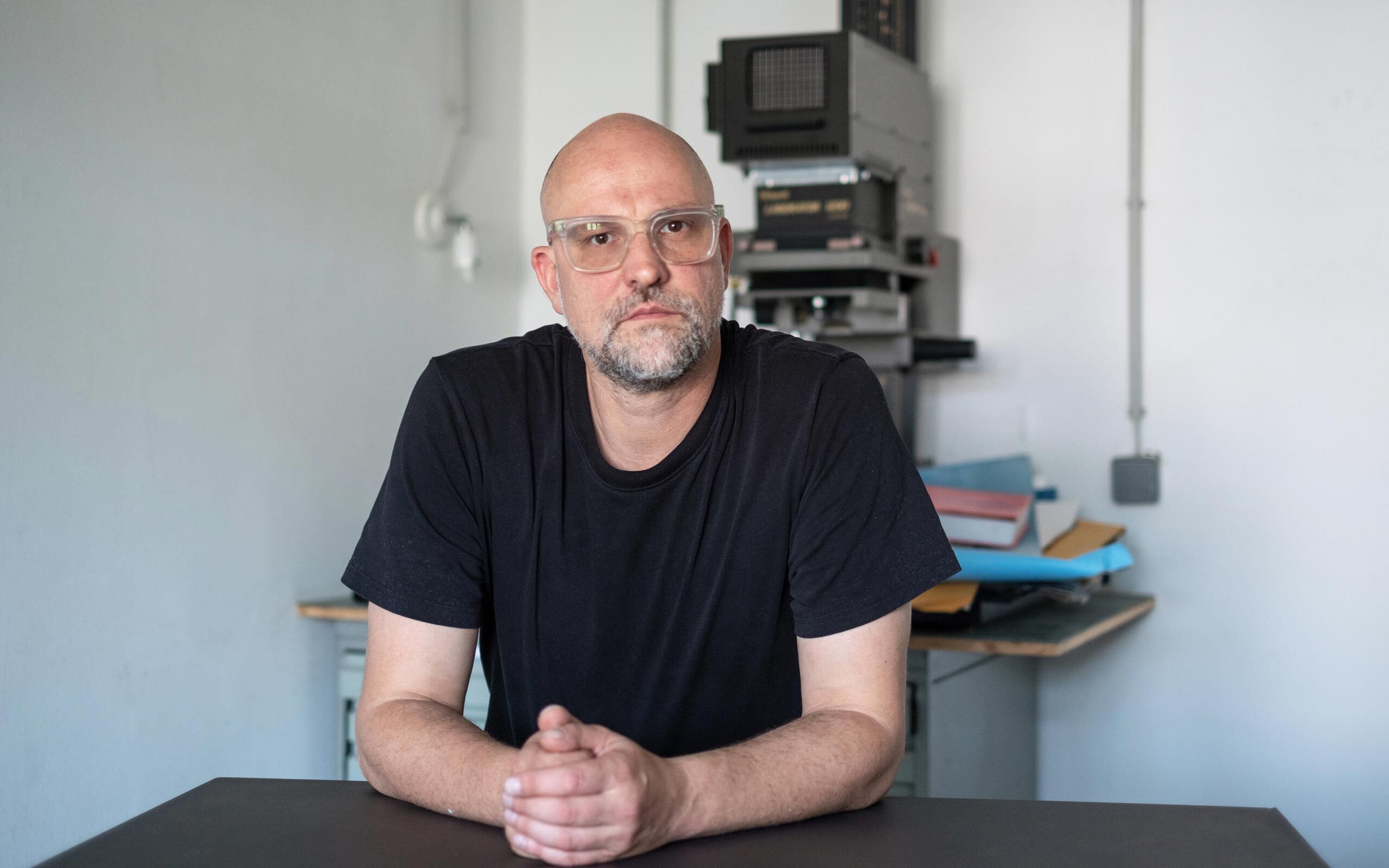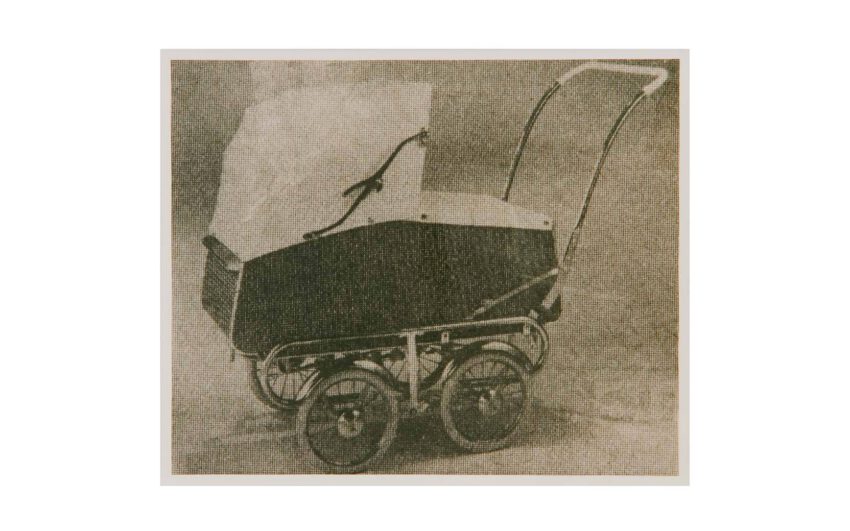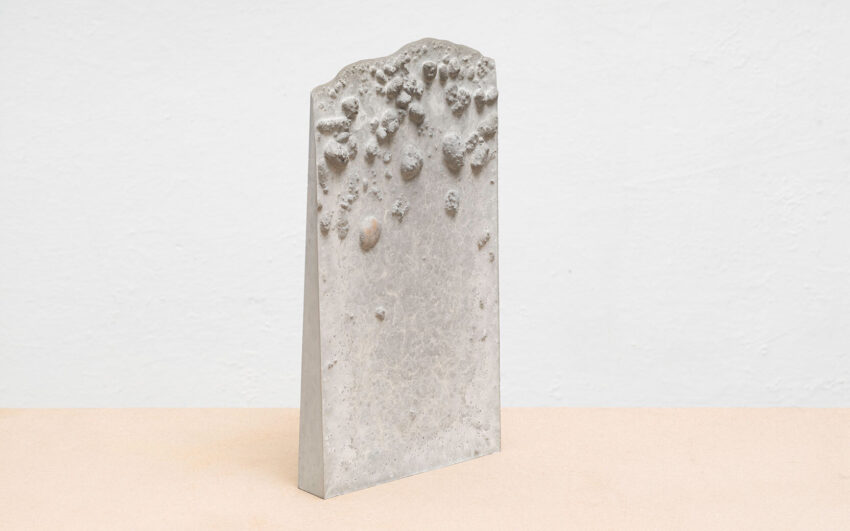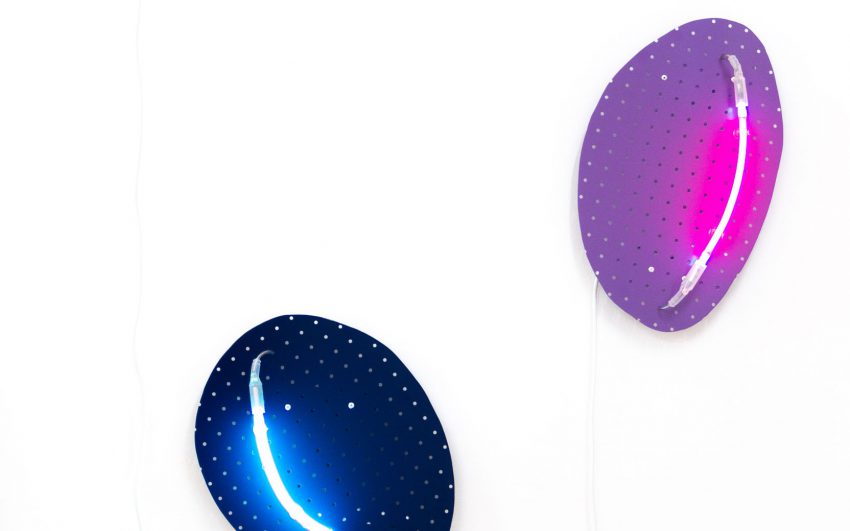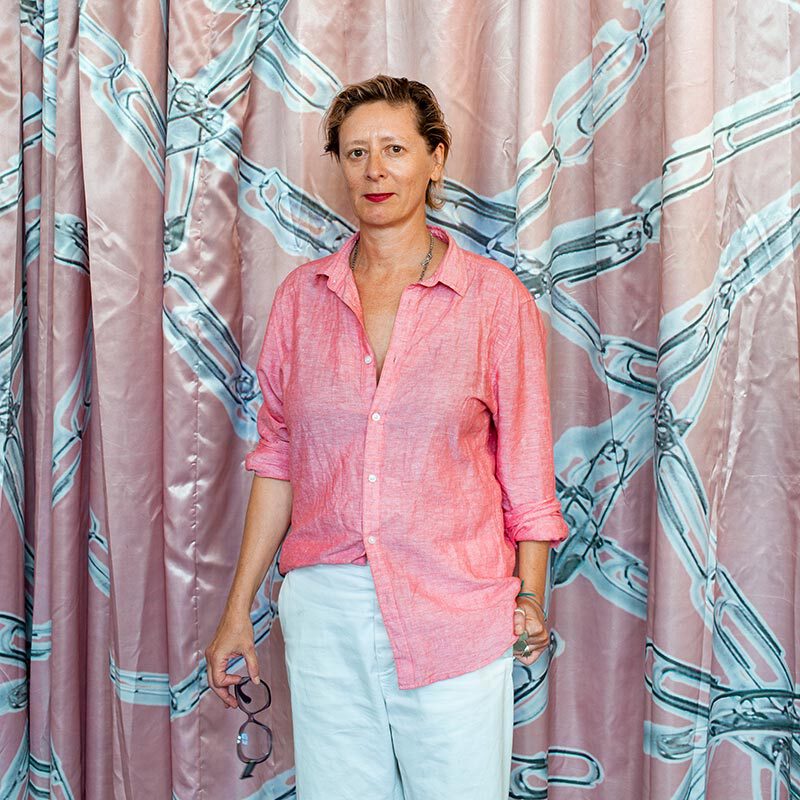The works of conceptual artist Andreas Duscha are characterized by a poetic-abstract visual language. He takes up events and incidents of varying (sociological) relevance, from which he constructs new narratives, thus offering two levels of perception: an aesthetic surface and a backstory. In this way, his works invite us to engage with a sensitive materiality and immerse ourselves in different meanings.
Andreas, you first studied sociology, history and political science in Germany and then moved to Vienna where you also began to study art. How did your interest in art come about?
I actually never had that much of an access to the visual arts, it wasn’t a subject for me at all, so to speak. I was rather drawn to literature, because my mom was a bookseller. After a vacation with friends, however, I started to develop the vacation films in a darkroom and was infected from that second on. At Gleis 22, an alternative youth club in Münster, I developed photos with young people as part of their resocialization and then also became interested in psychology. After that, I got a place to study in Germany in Halle an der Saale, but quickly realized that I actually wanted to do art and that Halle wasn’t the right place for me. And so I enrolled for psychology in Vienna and also took the entrance exam at the Academy of Fine Arts.
When did you realize that you were an artist?
I think it was always kind of clear, despite my other studies. Of course, I had already thought about becoming a psychiatrist, but being an artist came so naturally, because it corresponded to my previous interests. It wasn’t that I can’t or don’t want to fit into a work environment, that’s not the problem at all. But I wouldn’t know what could serve my diverse interests as well as making art. And I’m not only interested in production, but also in the system of art, that is, starting from how institutions function to curating.
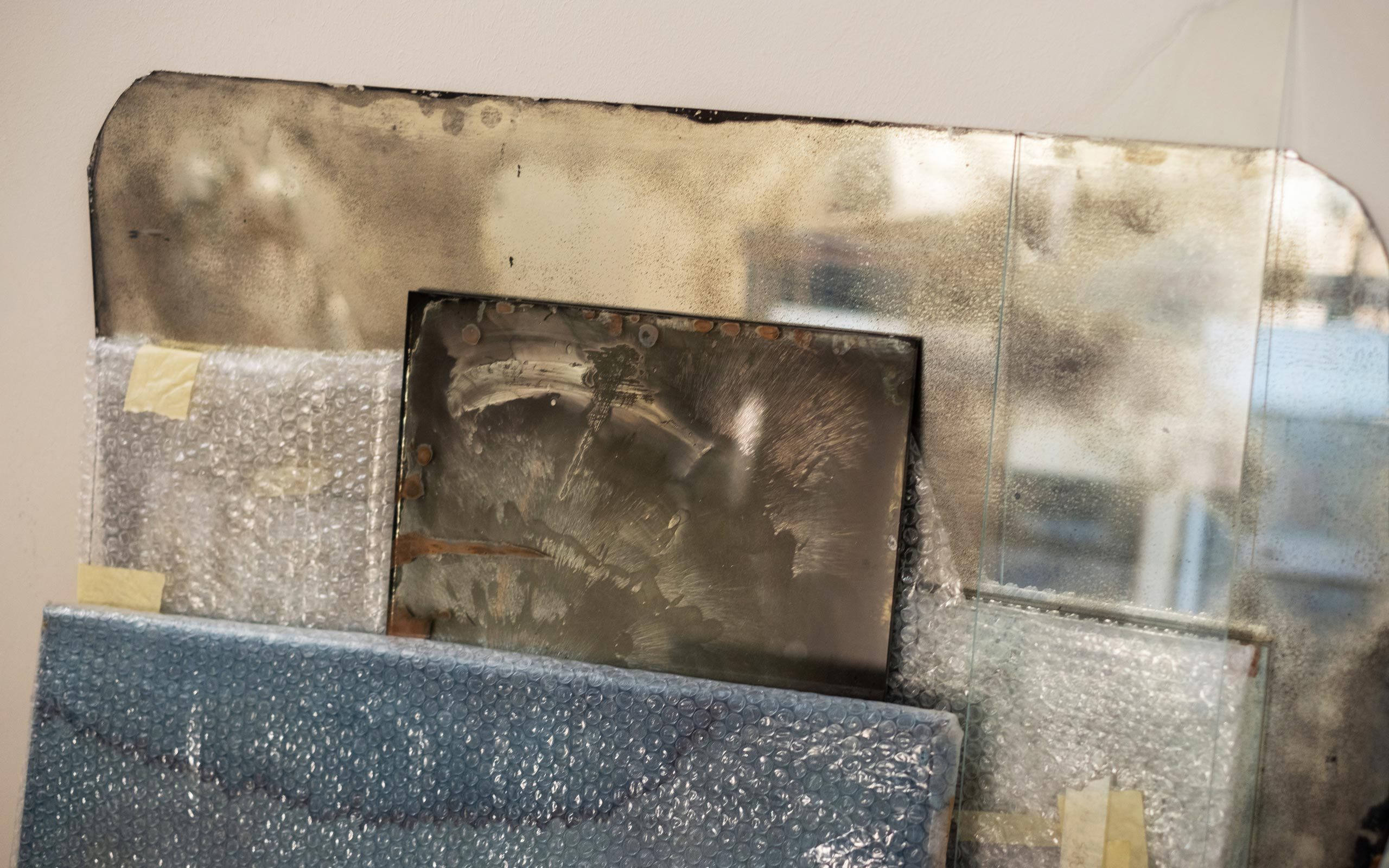
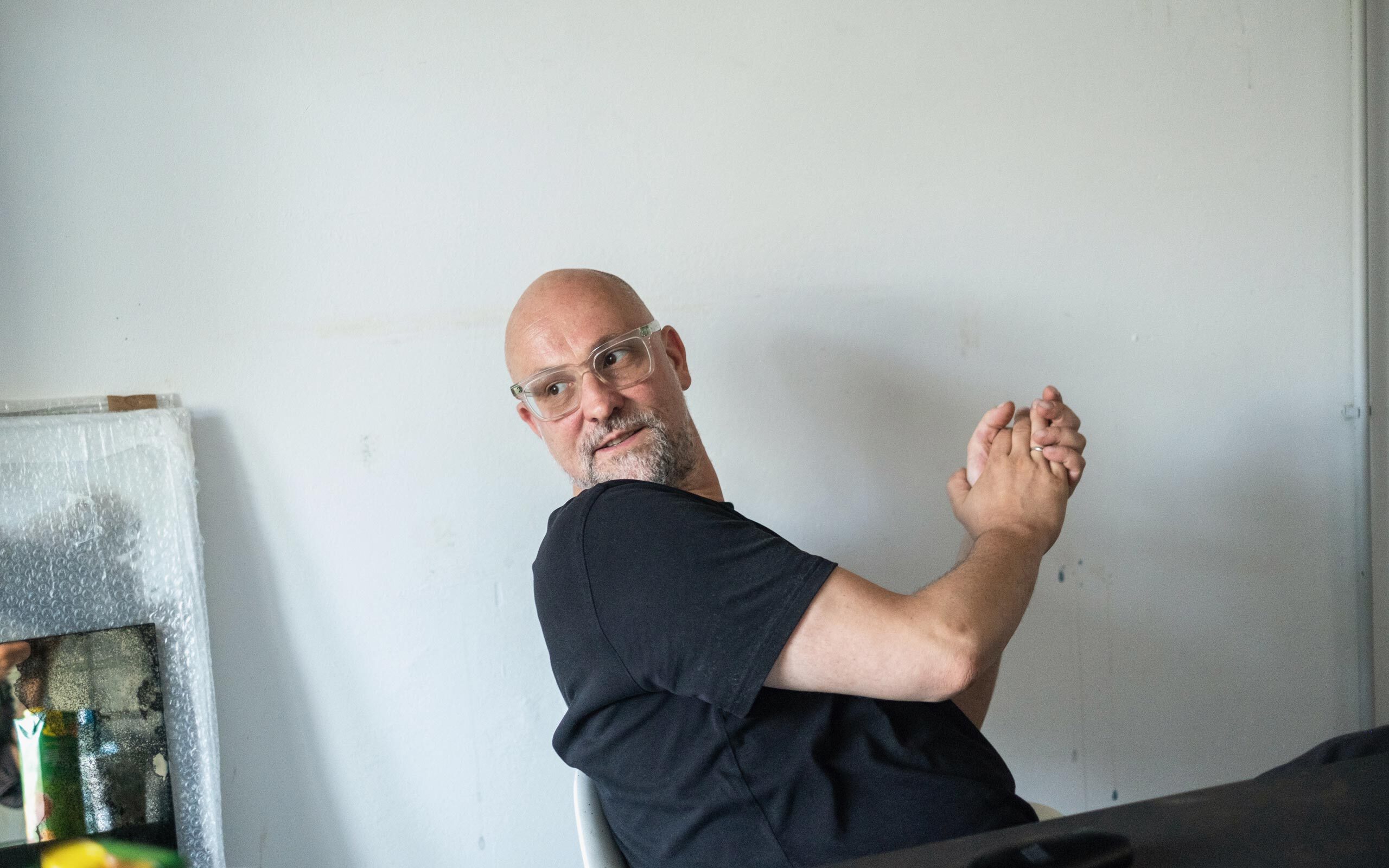
In 2002, during your art studies, you founded the artist collective Mahony with colleagues, but then took your own path from 2010 onwards. How did this time shape you? How did you experience your first steps as a solo artist?
It has totally shaped me and the first steps alone were difficult for various reasons… When you work as a team of four, you naturally do other things, including projects that are larger in scale. We were successful and exhibited a lot, and then suddenly there was nothing more, and no one wanted to know anything about me. At first I thought, yes sure, there I was Mahony, now I’m Andreas, and now everything will continue as before, but of course that wasn’t the case. It’s already something else when you perform alone as an artist and have to figure out how to cope with it. That was a big difference. The first years were not pleasant and were marked by a lot of worries.
Who inspired you, what themes preoccupied you in the beginning?
I always appreciated artists like Gordon Matta-Clark, also because of his attitude and the fact that he didn’t just make art, but also created an artist run space called FOOD, which also involved funding for the artists. And the classic photographers like Jeff Wall... Certainly it was very mainstream in the beginning, but over time my references have become much more distinguished. The topics I’m interested in haven’t changed much really, but the implementation is always a little different, especially because of the technical possibilities.
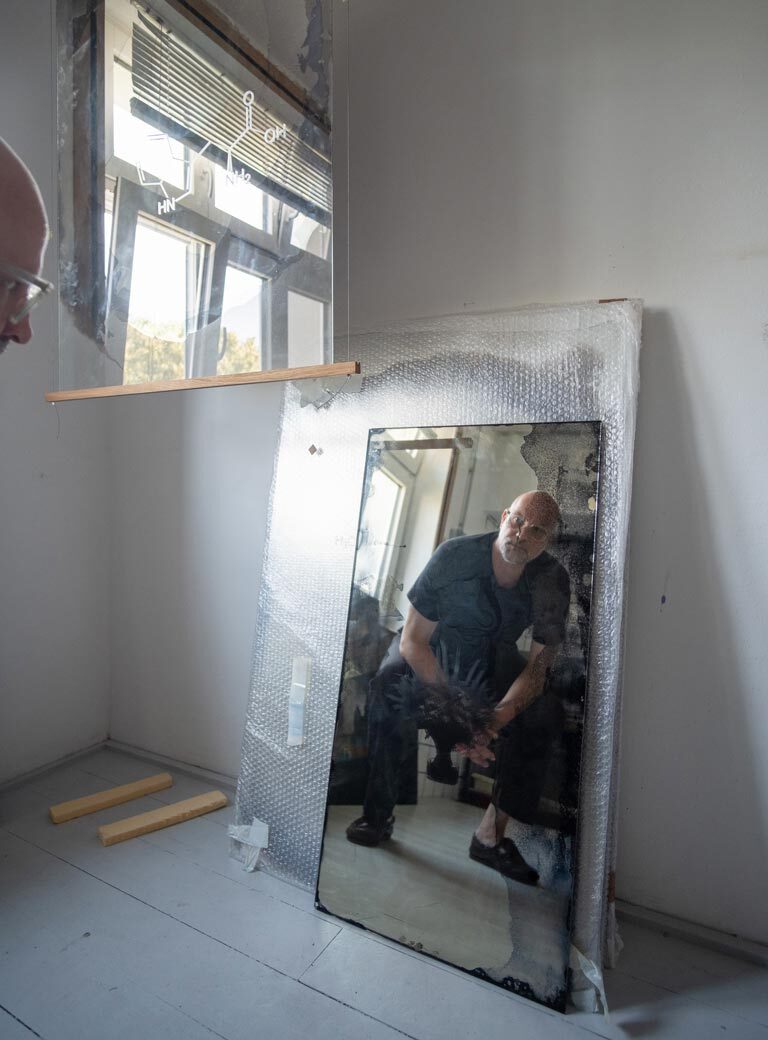
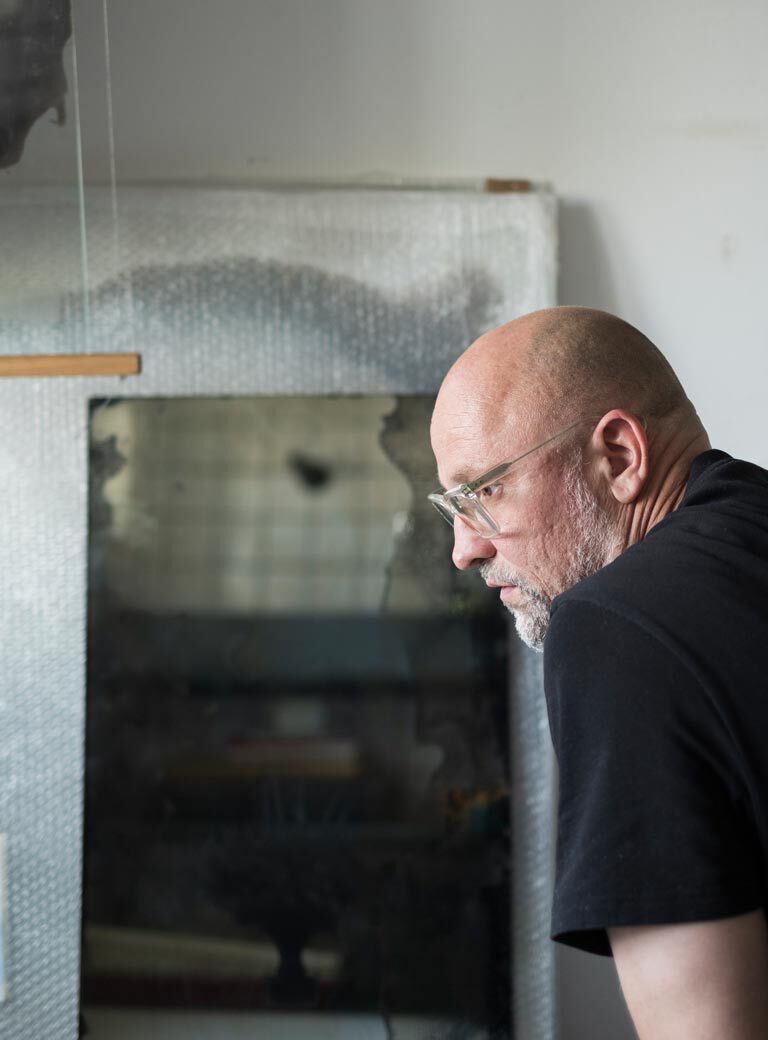
You address socially relevant topics, whereby an aesthetic-poetic approach is important to you artistically. Can you explain this in more detail?
I like to work with a certain form of pseudo-science, because it doesn’t really correspond to scientific quality criteria. The aesthetic-poetic approach is quite important to me, because it has to appeal to me aesthetically, and I’m not a fan of placative or political art. For example, I did a piece on the first transatlantic cable (PLS RPT, RPT PLS, 2015). How I like to approach topics is to go into depth by doing a lot of research. I am actually often looking for topics around the modern era, because with the industrial revolution as a catalyst, many relevant issues have emerged during that period that are not so different from today. We are technologically more advanced, but the fundamental questions are the same, for example, how work is regulated, access to information, or money distribution; basically, these are systemic questions.
That means you offer your work in such a way that people can immerse themselves in them?
Exactly. Ideally, the way the work functions is that there are two levels. The first is the surface, so to speak, which means you can see it, it speaks to you, you’re interested in it, you like it, and the second is about depth, so you want to go deeper, because there’s a story to it.
Do you like to seek out conversation, for example in the exhibition context?
I wouldn’t say that I seek the conversation... In fact, I don’t like openings at all, which is because I’m always very tense and it’s not the moment where I would be able to reflect on my work. But I am definitely an artist who very much likes to talk about his work, and I think it’s part of the work to some extent.
What about reactions about your art?
Normally, I have no control. What makes me very happy is when people don’t just see the surface, but that there’s something behind it and they can relate to it. That is, when it really touches them personally. That is the most beautiful thing and when this moment occurs, I am satisfied, and I think to myself that this has made sense and my work is functioning; it also works for me if someone only finds it intellectually interesting, I can live with that, and I can just as well live with it if someone says, I’m not interested at all in what it is dealing with content-wise, it’s just a beautiful work... But of course the desired and ideal case is that people actually perceive it, understand it and can actually relate to it, and that the two levels work.
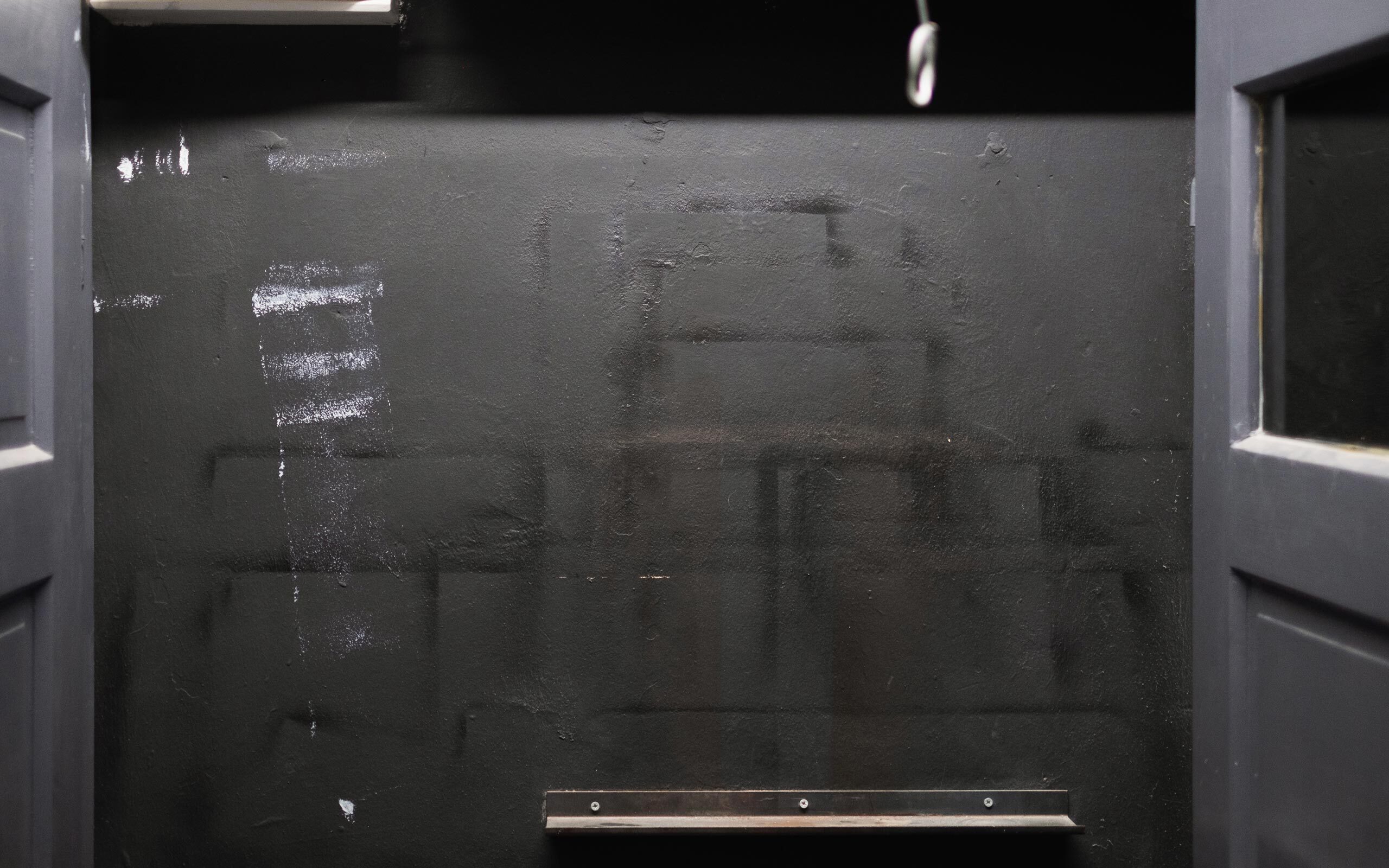
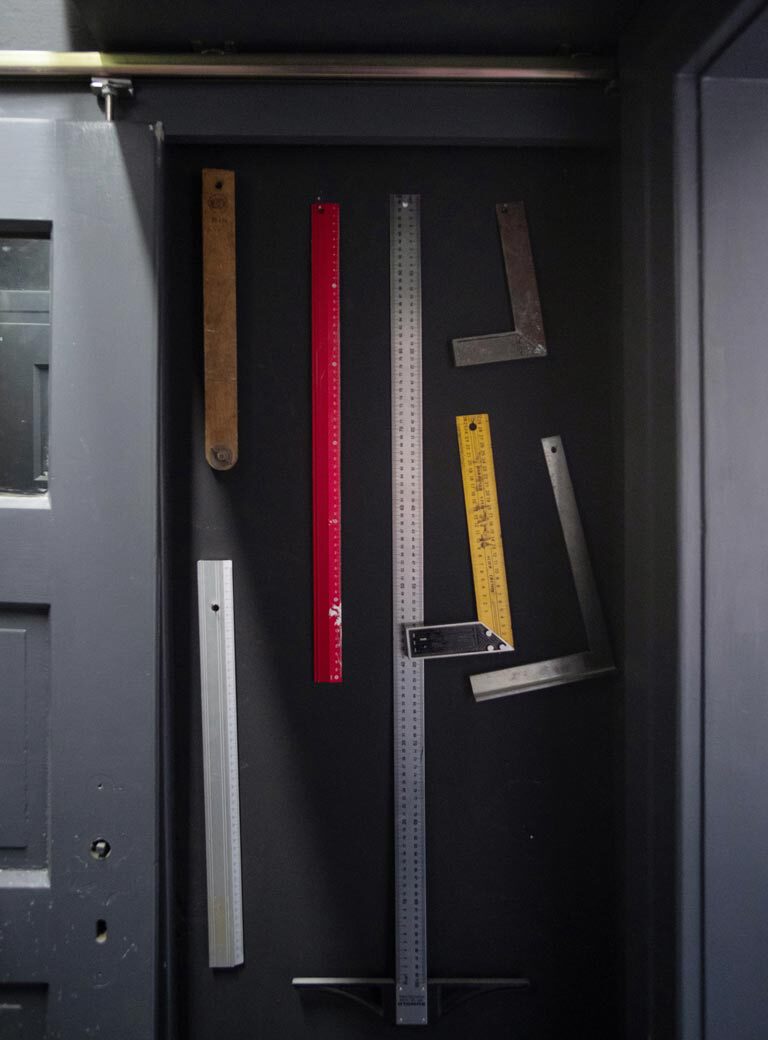
Your work is based on extensive research. How would you describe your general way of working?
It’s always changing a bit, because by now I’m already doing a lot of things that are almost painterly and function without the elaborate research part and, seen in this way, these works exist more on the basis of their material aesthetics. That started with the first mirror works, which already cross over into the area of abstract, non-objective painting, and that’s getting stronger. And in the course of working with analog photo techniques, a lot happens by chance or accidents; that’s another thing that’s detached from the content and is very interesting to me at the moment. In general, it works like this: I would read something that is bizarre or funny, and it would open up an approach to a larger question for me, and then I would start reading everything about it, and so the work would arise by itself. Of course, I’m often interested in the subject matter where photography often plays a role, because that’s the medium I’m best at. But I’m insanely bad at outsourcing, because I prefer to do everything myself. In itself, it’s also like a kind of toolbox, and that’s why I think it’s so important to engage with work by colleagues, that is, to see how big a toolbox we actually have to work on themes.
In fact, your mirror works form a fundamental basis of your work and one finds them in artistic variations. What role do they play for you?
The mirror works have a great importance at the moment, although this is changing again and the photographic work with alternative processes, or the combination between these two strands, is moving more into the forefront. But in general, I’m fascinated by the aesthetics and the manipulability through my intervention in a chemical process. I also see the mirrors less as “mirrors” and more as unexposed negatives that have captured and reflect a certain “aura”.
Is there a direction you would like to go in your artistic practice?
There is a certain envy towards other artists, especially painters, because I find their studio practice quite wonderful. That is, they come back to their studio and to something that is being painted on continuously, for example. I would find it interesting for me to have this kind of studio routine. But in general, artistic works are always further developments, because you also become more technically adept and the possibilities for their realization change. I’m indeed very stuck in analog, which is certainly also due to my lack of skills in digital, because I’m not skilled at certain techniques, and I’m not going to acquire these skills any more. Unless I have to, but then I’ll have to find someone to teach me.
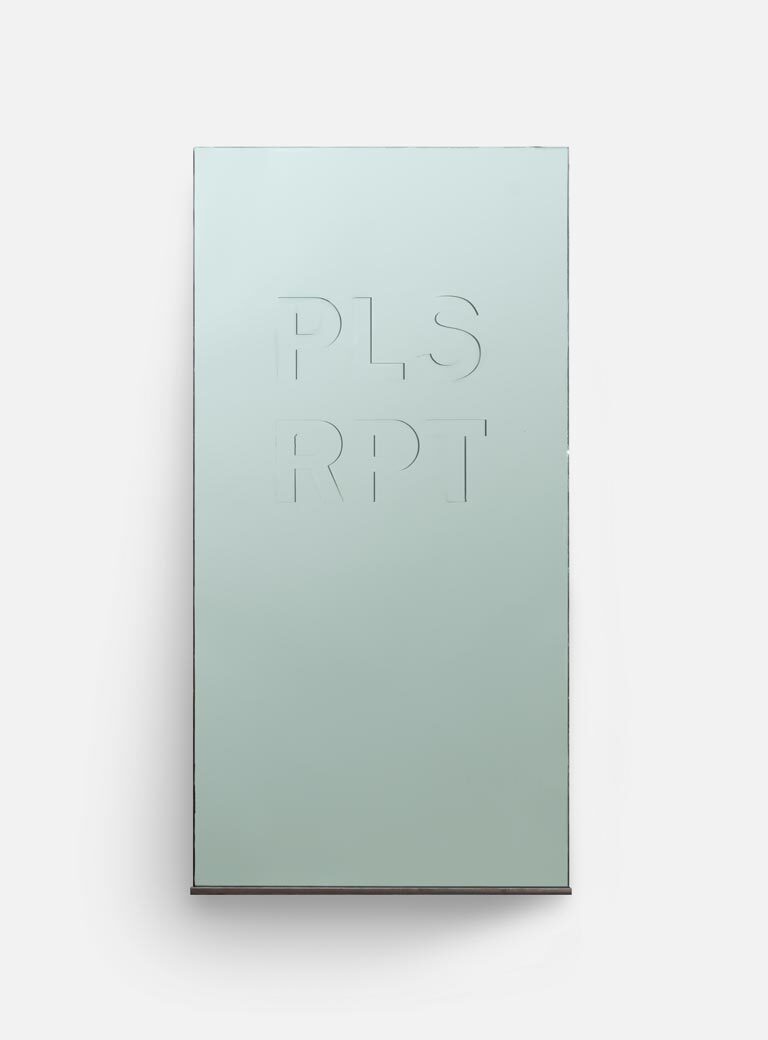
PLS RPT, RPT PLS, 2015, Credits: Andreas Duscha
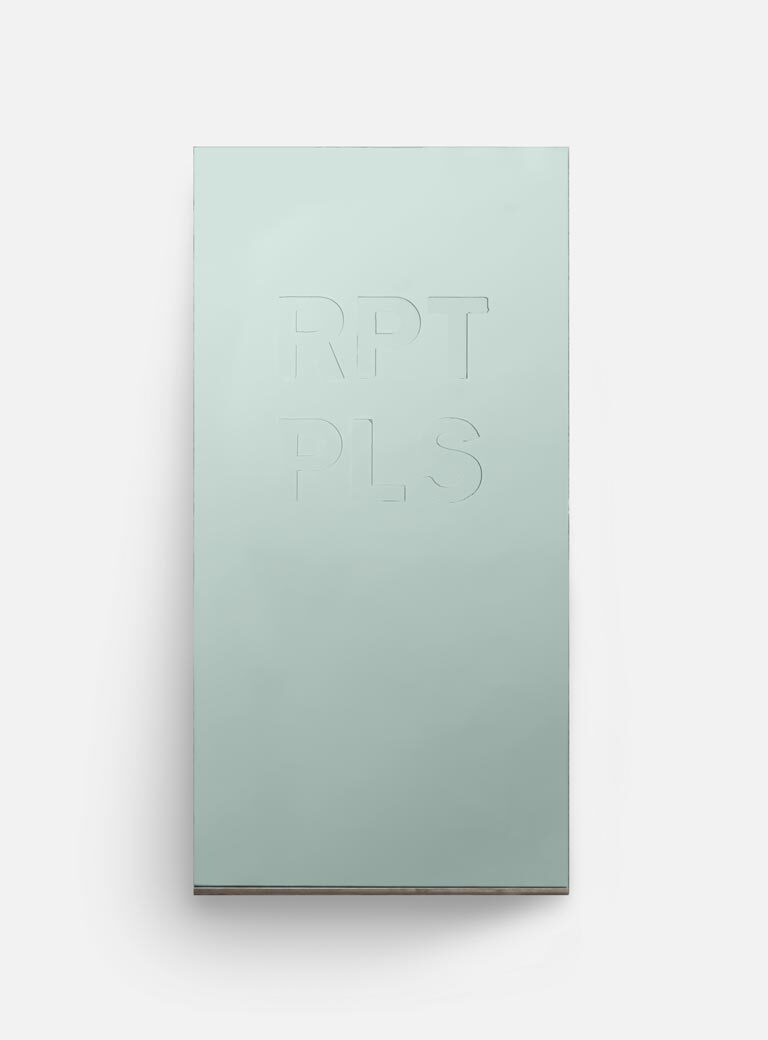
PLS RPT, RPT PLS, 2015, Credits: Andreas Duscha
We live in turbulent times. How does that affect your art production?
It varies a lot, but they are good times for the questions I am asking, because a lot of questioning arises as a result of a situation, whether it is the pandemic, the war, or climate change. So it can be a relatively fruitful time for me, in that the things that happen also heighten awareness. In that sense, the turbulent times are always the times that create a lot of substance for artistic work. Whether that now justifies the bad times is another question, but I think for all of us working in the field of culture, times like these are always quite good for artistic production.
What drives you in your artistic work, where do you find the greatest inspiration?
It’s in my private life, in what I do every day, that’s certainly where the greatest inspiration comes from. But also from outside, such as through exhibitions, because something always happens just by the way I relate to the negotiated topic or how I would have implemented it in “my language”.
Do you work with regard to an exhibition context or detached from it?
In principle my work is detached from exhibitions, but since I am so slow, an exhibition often comes around the corner (laughs). But in itself, the artistic idea is there and it’s worked on; exhibitions or fairs help a lot, of course, because they exert the needed pressure to bring works to completion. But from all the ideas I have, I only realize a maximum of 30 percent... It’s about 15 works a year. Of course, it takes a very long time from finding the topic to the realization of the work, often this involves a process of a year in between the two; that means, of course, that I am now working on topics that I came up with during the pandemic... But I’ve noticed that when a theme stays with me for a relatively long time, when I think about it frequently, it’s usually the themes that also really make sense artistically in the end.
It sounds like you’re giving yourself the space to grow artistically.
Exactly. What has also happened to me is that I’ve shown works and I revise them again because I’ve seen in the exhibition context that aesthetically it’s not the way I’d like it to be. There are of course many reasons, be it time or financial reasons, that sometimes I could not realize something the way I would have liked it, so I definitely go back to it.
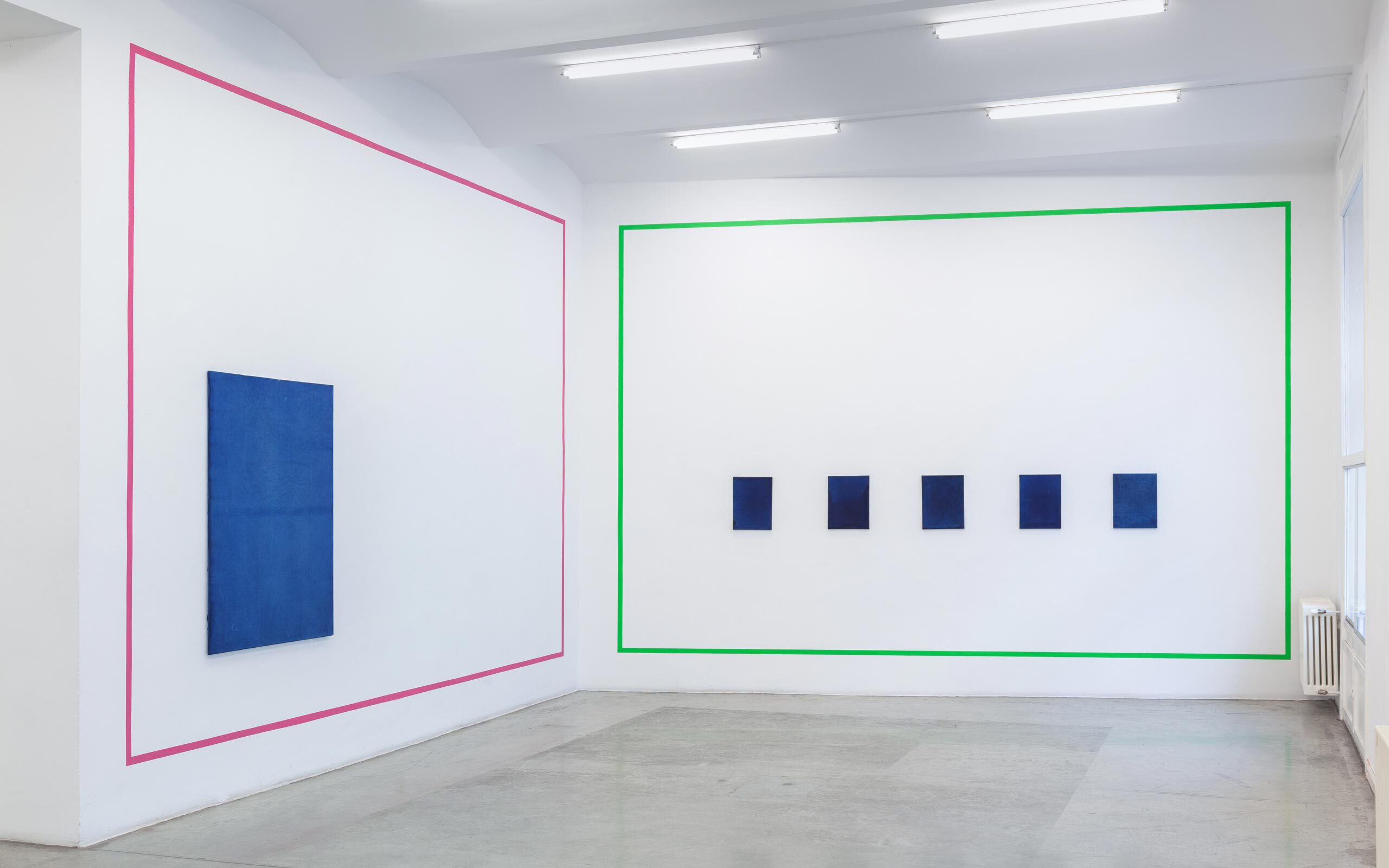
IKB, Installation view, Galerie Christine König, 2018
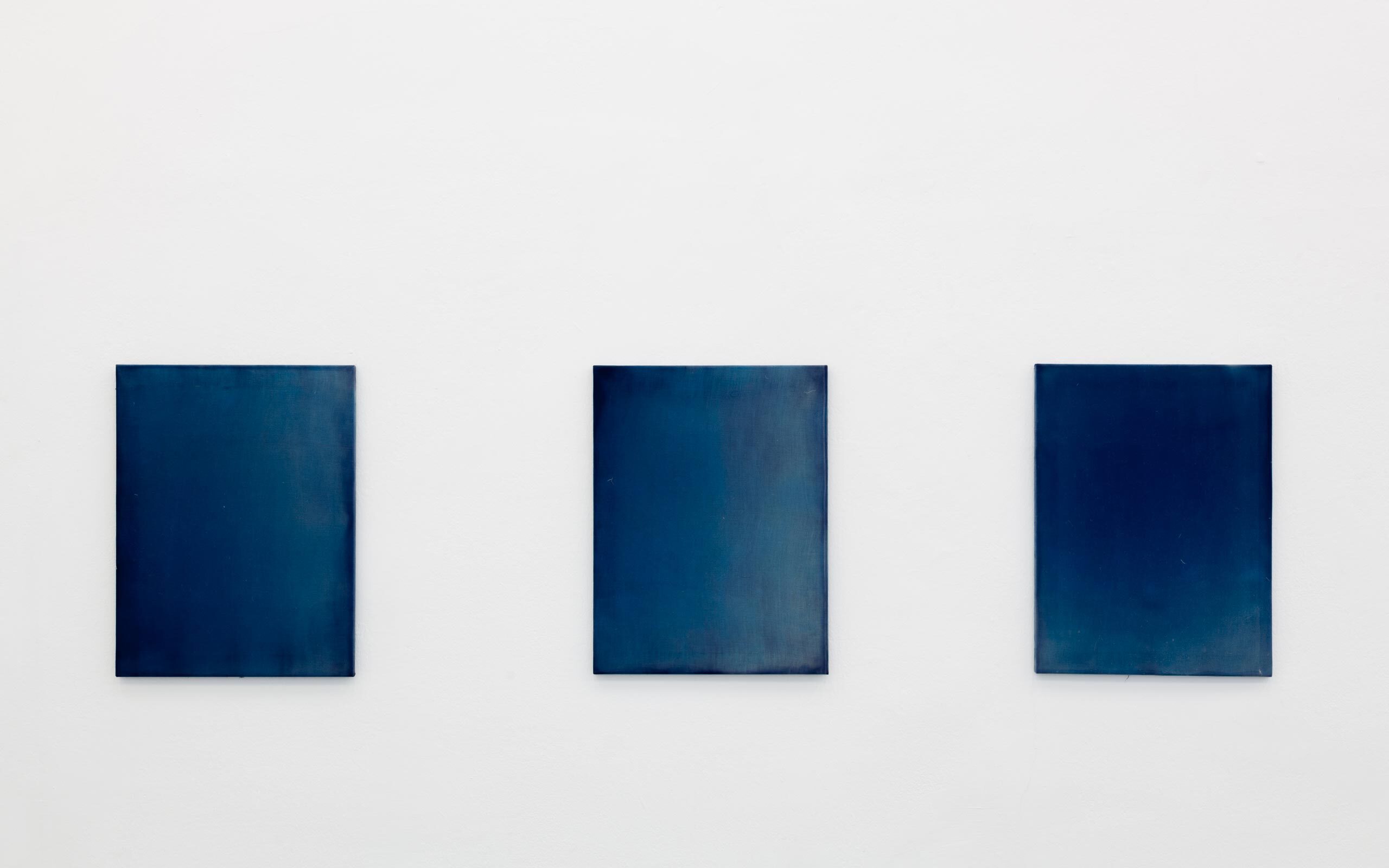
IKB, cyanotype on canvas, unique piece each 50 x 60 cm, 2018
How would you describe your art in simple words?
Post-Romantic Conceptualism... it’s got everything in it (laughs). My spectrum is black/white/silver, already because of the mirror works, and it always has a certain touch, or reminiscence of the 60s/70s, which is also due to the analog or the documentary-photographic works. Thematically, I am always connected with language, which also means translation in the sense of media transfers, and the examination of facade and time, that is, the measurement or perception of these. In general, it’s very poetic-romantic and mostly two-dimensional.
Is there a misconception about your art that persists?
In the beginning, many may have perceived my works as too intellectual or too conceptual, and less the sensitive material aspect of them, but that has dissipated in the meantime... It was always my goal that my work would also function on a sensitive level. But mostly the encounters in the exhibition context are rather fleeting and so there is often no profound interaction. However, I think it needs the confrontation.
Staying with this profound interaction, what is it like for you to share your knowledge with students at the Art University, where you are now a lecturer?
I love to share and it’s fun and enjoyable. The great thing is that you spend eight hours a day with people who care about things as much as you do, things that otherwise don’t really matter in society. I find this notion of an ivory tower very beautiful. It’s something I recommend to everyone to enjoy this, because you won’t have this experience anymore later on. It’s a protected space where people come together and where questions are discussed with a seriousness that you can’t otherwise produce.
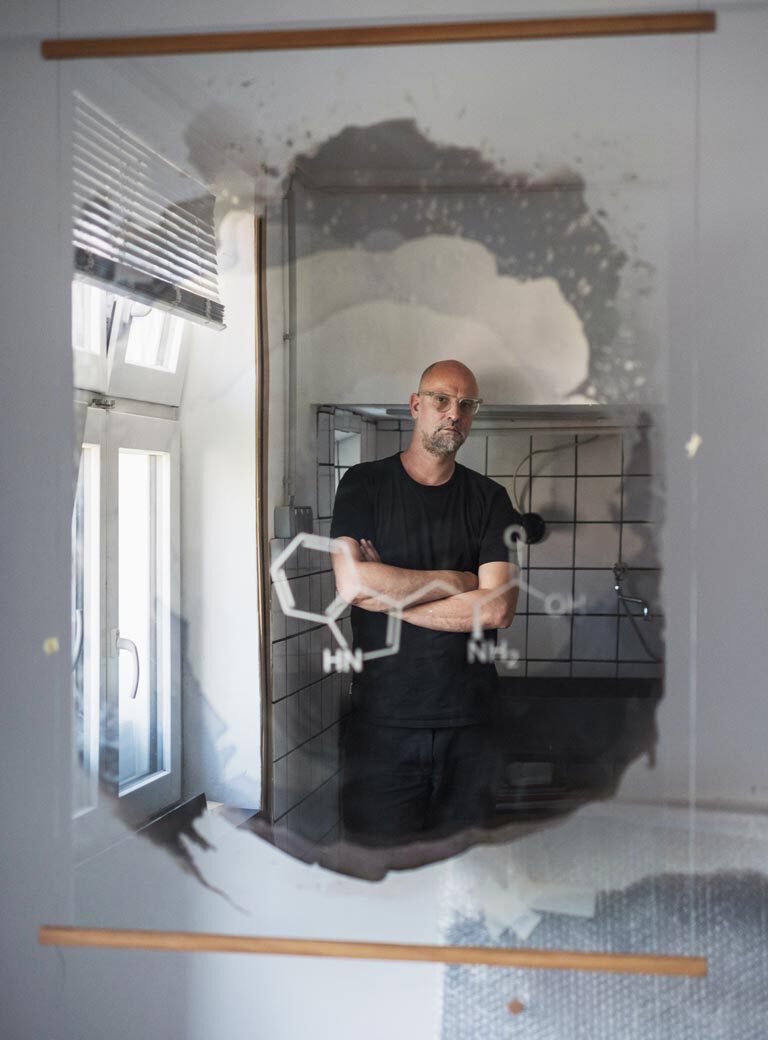
Do you think Vienna will continue to be the place where you create your art?
Absolutely. Vienna is the city where I have lived by far the longest, it has become my home. And the developments that have taken place in the field of art and culture in the last ten years are amazing, even by international comparison. Around 2000, it was rather sleepy, and now you don’t even know how many things you can do in one evening, including all the independent spaces that now exist, or all the new galleries that are popping up... Part of it certainly goes back to the fact that Vienna has a good funding and support policy, so there are relatively many possibilities.
What are you working on at the moment? What projects do you have coming up?
First of all, I have an exhibition and edition for Collectors Agenda coming up in the fall, which I’m really looking forward to, because I’m a big fan of editions and love doing that. I already know what it will look like, but am still working out the content. What is happening at the same time, and here I am in the final stages, is the publication of my first book in conjunction with an exhibition; it summarizes the last ten years of my artistic work.
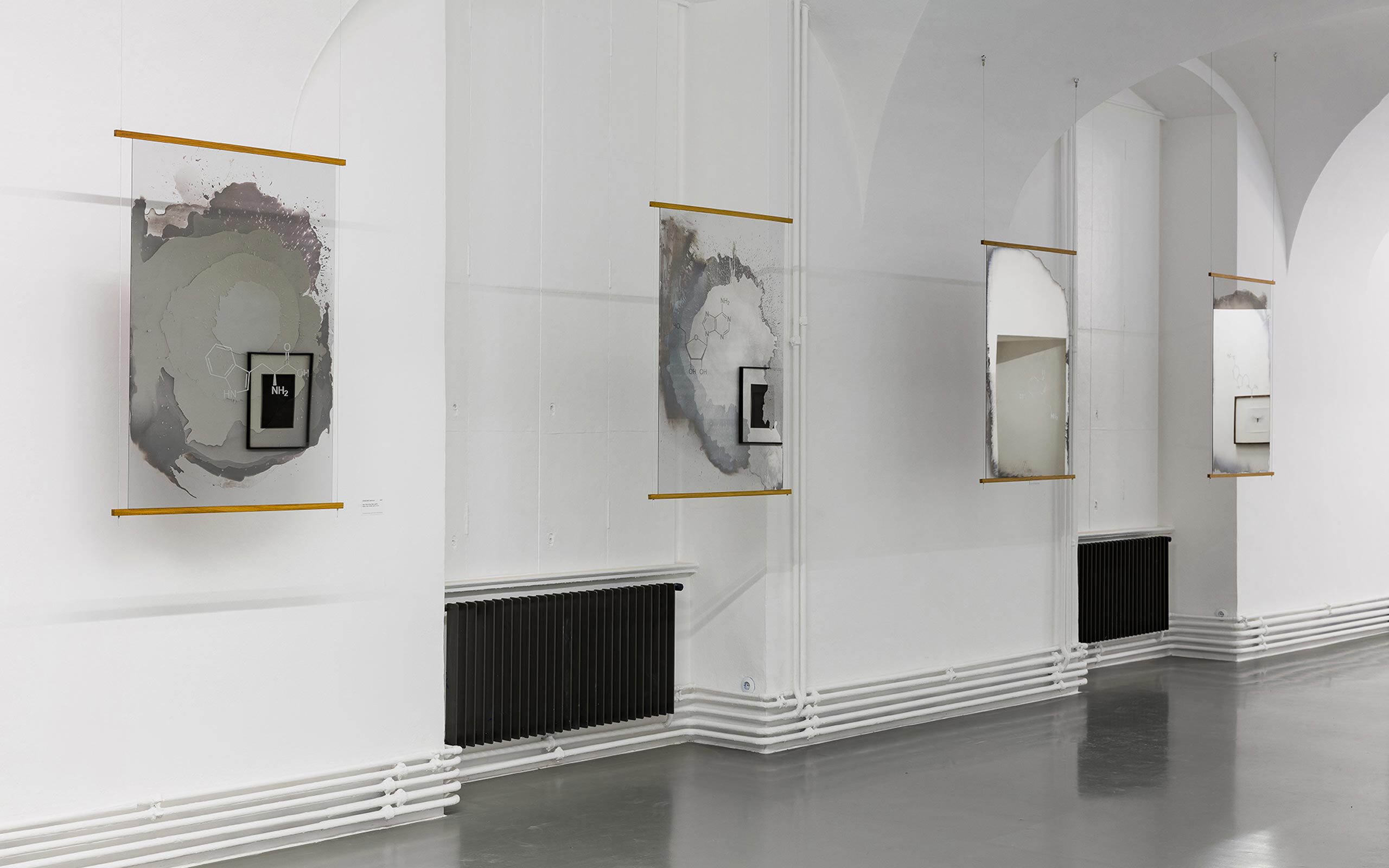
MAK Exhibition View, 2021, ANDREAS DUSCHA: SKY GLOW, ZIRKADIANE, 2021, CREATIVE CLIMATE CARE GALLERY, © kunst-dokumentation.com
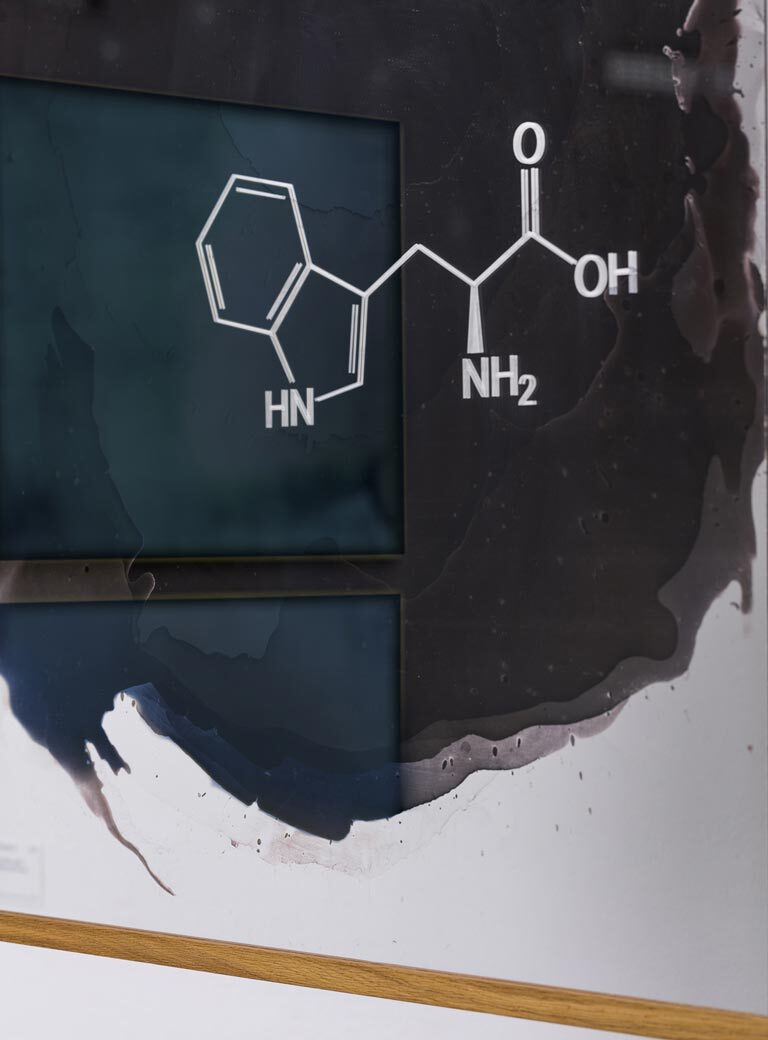
MAK Exhibition View, 2021, ANDREAS DUSCHA: SKY GLOW, ZIRKADIANE (Tryptophan), 2021 (detail), CREATIVE CLIMATE CARE GALLERY, © kunst-dokumentation.com
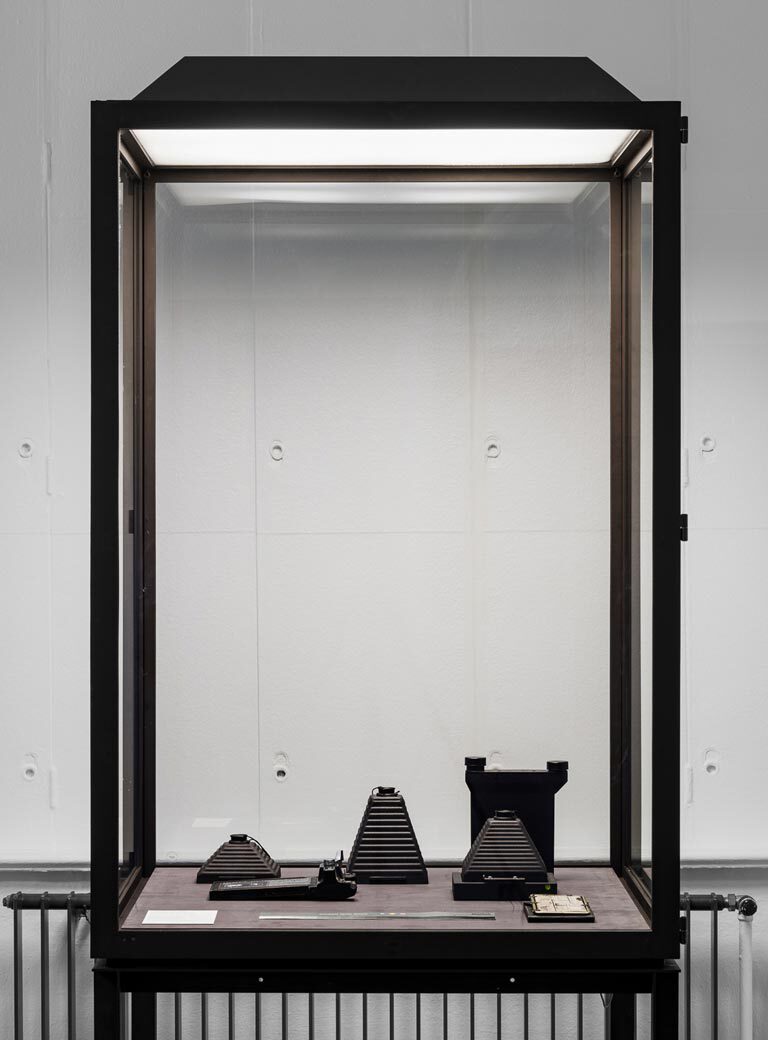
MAK Exhibition View, 2021, ANDREAS DUSCHA: SKY GLOW, CREATIVE CLIMATE CARE GALLERY, © kunst-dokumentation.com
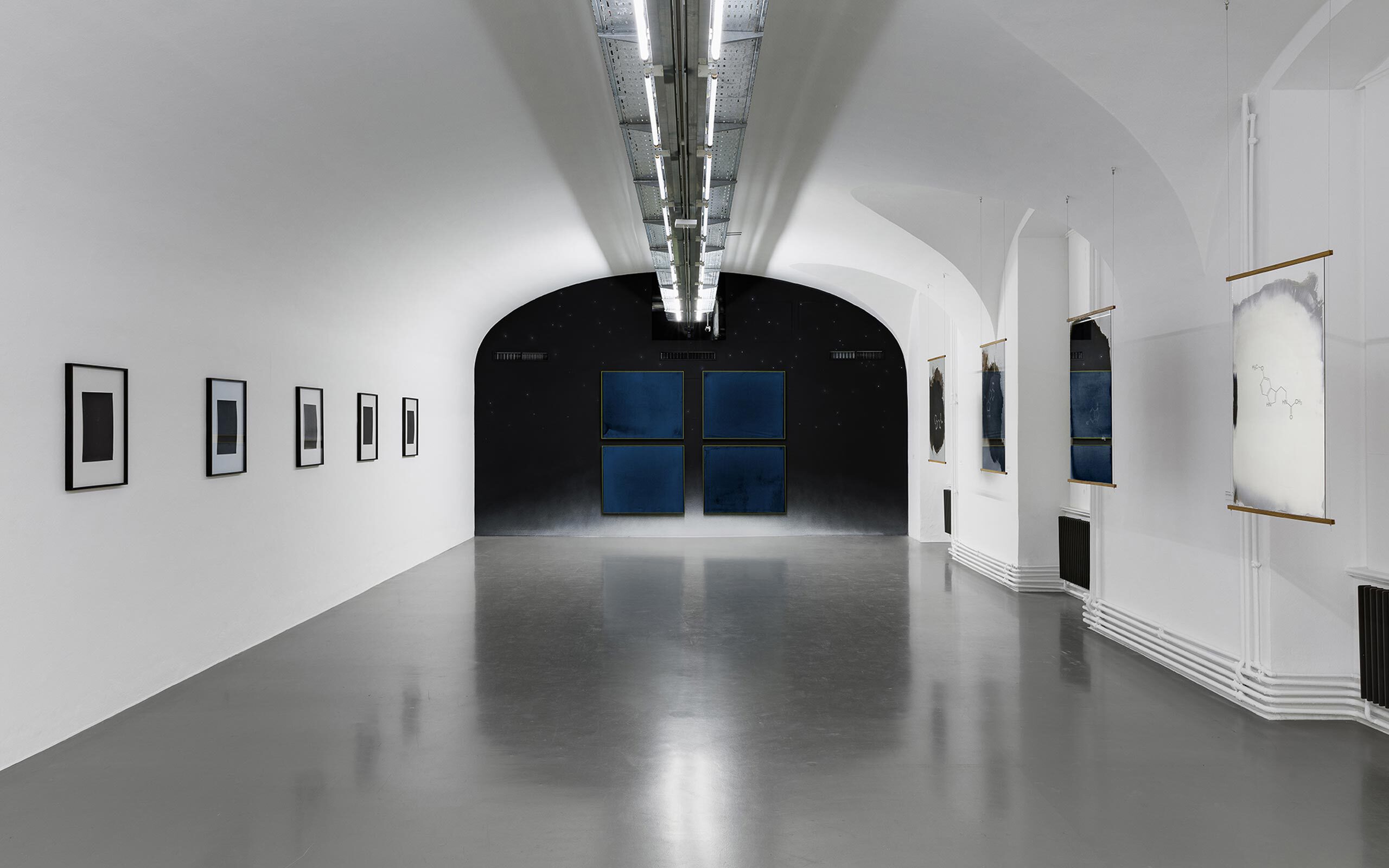
MAK Exhibition View, 2021, ANDREAS DUSCHA: SKY GLOW, CREATIVE CLIMATE CARE GALLERY, © kunst-dokumentation.com
Interview: Marieluise Röttger
Photos: Maximilian Pramatarov


